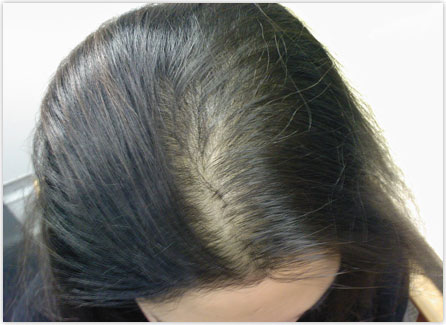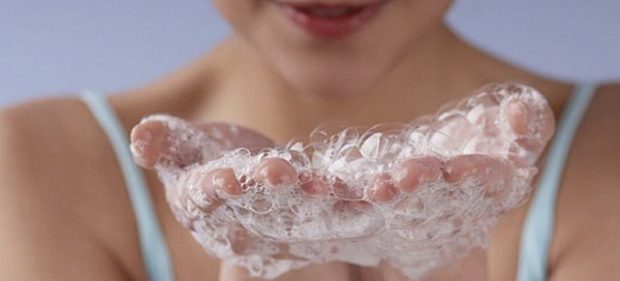Il Sodium Lauryl Sulfate (SLS) and Sodium Laureth Sulfate (SLES) are surfactants, or of the substances that have the task of “melt” greasy dirt to facilitate elimination through rinsing.
In all detergents (bubble bath, shower gel, shampoo, soaps, etc) surfactants are present, some may be of plant origin, others of chemical origin.
SLS and SLES are very cheap and produce a lot of foam, two characteristics that make them widely used in body cleansing products.
They can derive from vegetable raw materials (Palm oil, of rapeseed, etc), but they are then still subjected to a chemical process. Il Sodium Laureth Sulfate, as indicated by the suffix -eth, it is an ethoxylate, that is, a product to which some ethylene oxide molecules have been added (petroleum derivative).
SLS e SLES: they are dangerous?
They are in fact two rather aggressive products, because together with dirt they tend to “wash away” also good  part of the protective lipid layer of the skin. This is especially true for SLS, although this ingredient has a better environmental impact than SLES, which however is less aggressive.
part of the protective lipid layer of the skin. This is especially true for SLS, although this ingredient has a better environmental impact than SLES, which however is less aggressive.
Furthermore, they are alkaline substances and tend to temporarily make the skin's pH basic. It takes our body several hours to bring everything back to normal.
They are not recommended for people who have dry or particularly sensitive skin and also for daily use: unless you get completely dirty with oil or grease every day, the skin does not need such aggressive washing every day.
 You also need to pay attention when it comes to your hair: one shampoo too “extreme” not only does it tend to dehydrate the scalp, but it also creates the opposite effect to the desired one. In fact, the skin, feeling “discovery”, it tends to produce more sebum to rebuild its lipid film and this causes the hair to be even greasier.
You also need to pay attention when it comes to your hair: one shampoo too “extreme” not only does it tend to dehydrate the scalp, but it also creates the opposite effect to the desired one. In fact, the skin, feeling “discovery”, it tends to produce more sebum to rebuild its lipid film and this causes the hair to be even greasier.
Betaines and delicate surfactants
To try to make products containing SLS and SLES less aggressive, more delicate surfactants are often added, come le betaine (Cocamidopropyl Betaine, Coco-Betaine, etc), obtained from coconut oil and betaine, an amino acid found in sugar beet.
These substances tend to counterbalance the irritating action and, to be effective, in the INCI of a product they must be positioned in the immediate vicinity of SLS and SLES.
Other herbal ingredients used for this purpose are non-ionic surfactants, such as Coco-glucoside and other vegetable fats derived from coconut, sugar, etc.
The degree of toxicity of these substances depends on the doses taken and the duration of intake over time.
The reflections are yours!!!
Naturopath and Wellbeing Consultant Eliosnatura, He takes care of feeding, personal care and medical conditions through the use of all-natural products. Its strength lies in the combination of "power and good health", factor pointed out by the World Health (WHO) considers that adequate nutrition and health fundamental human rights.



















